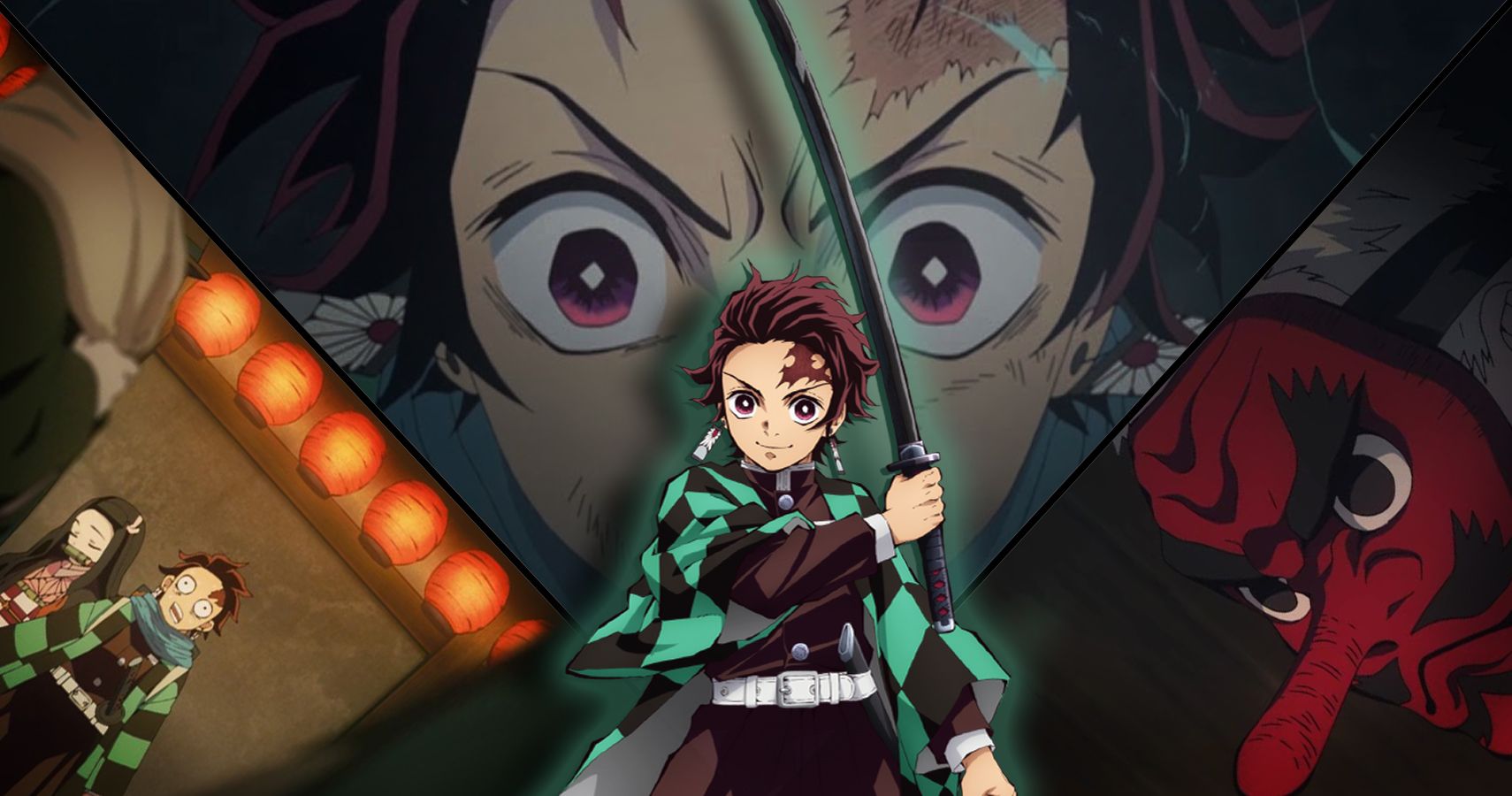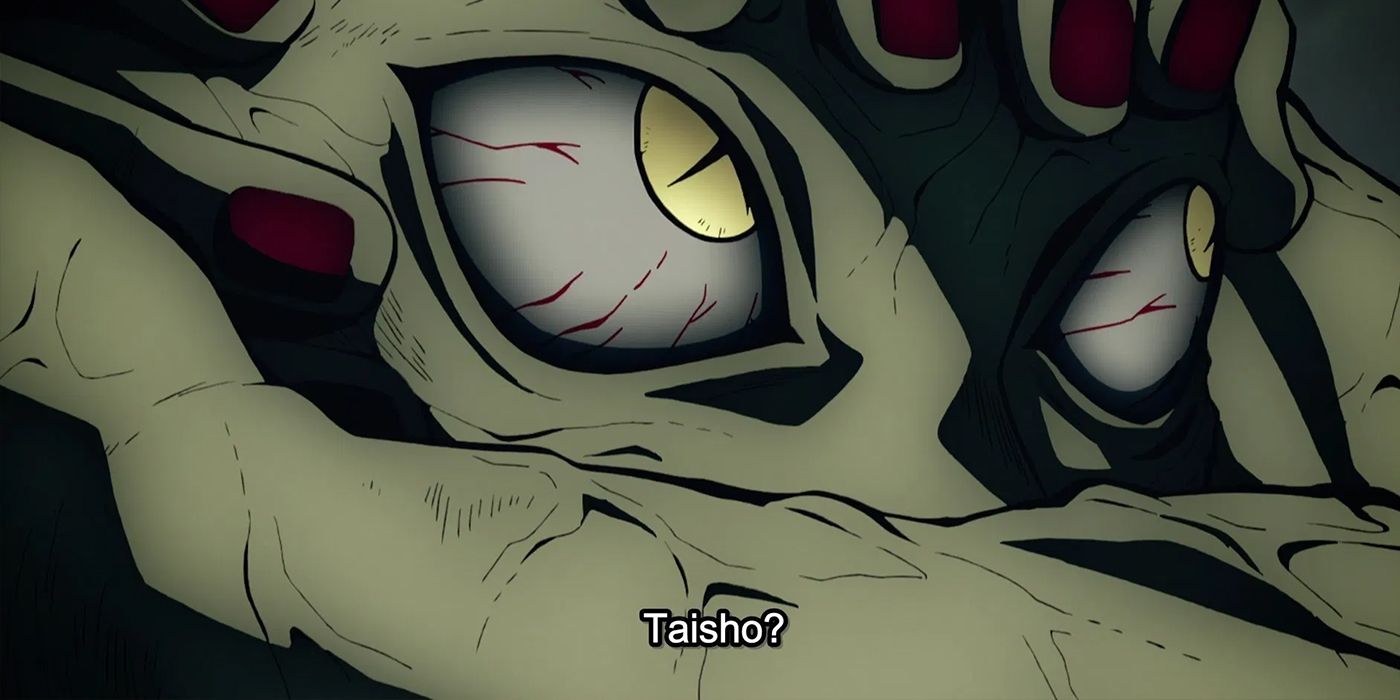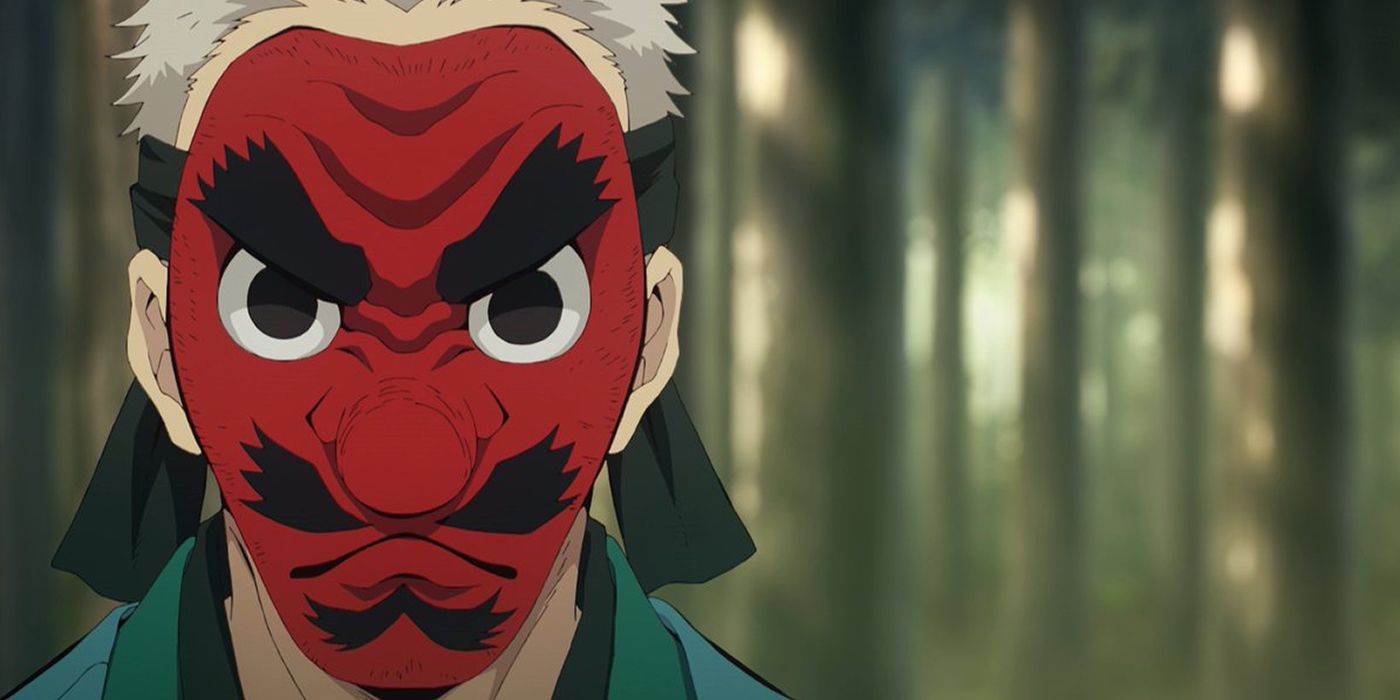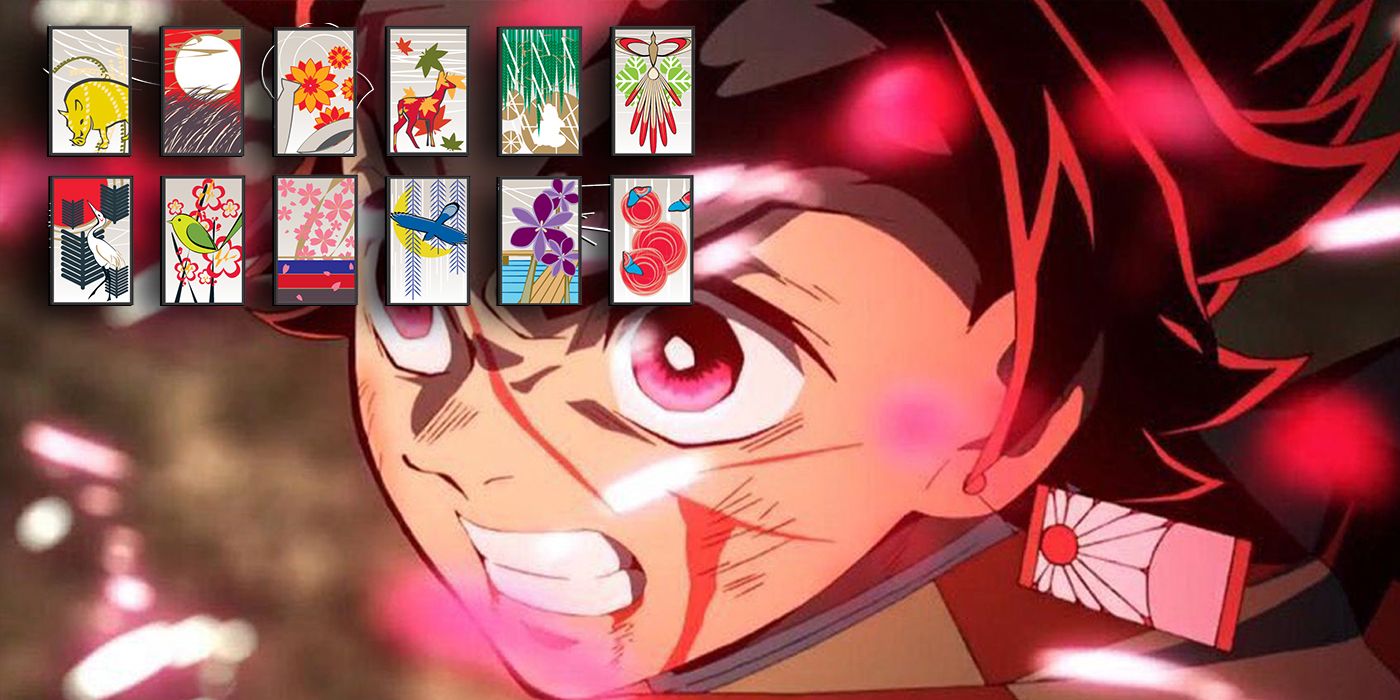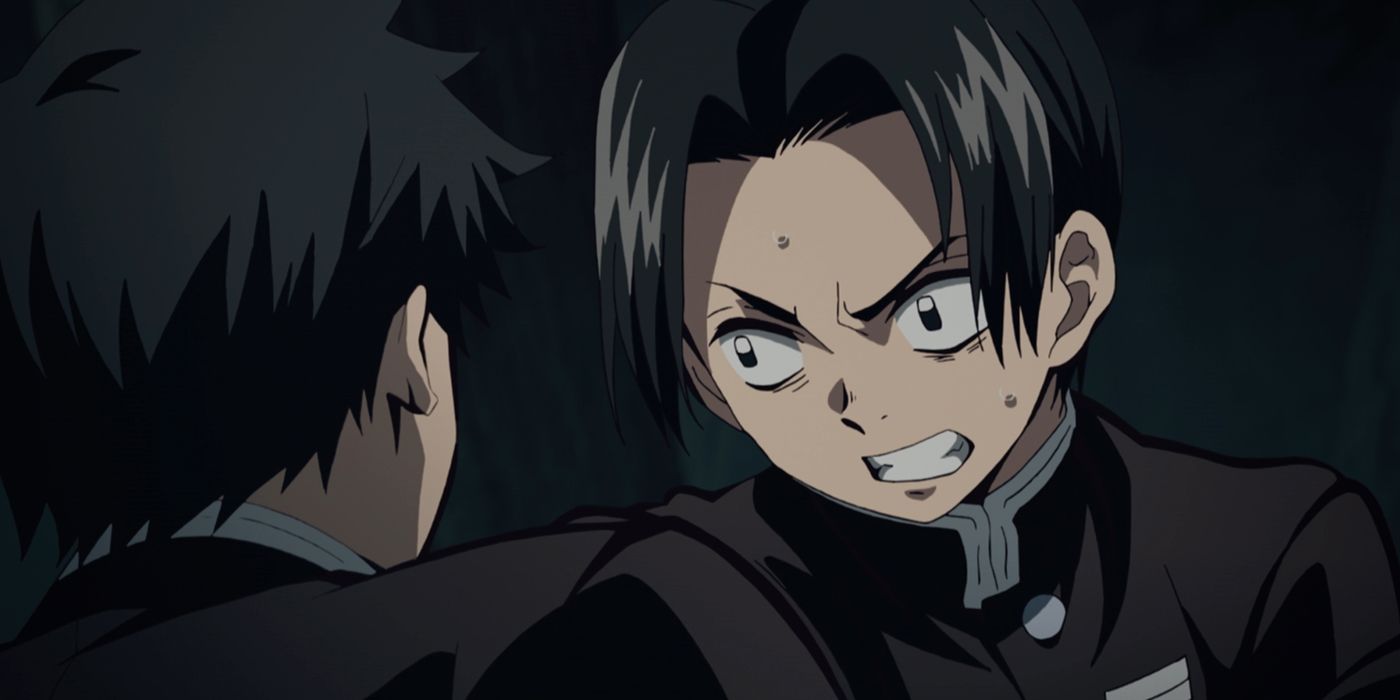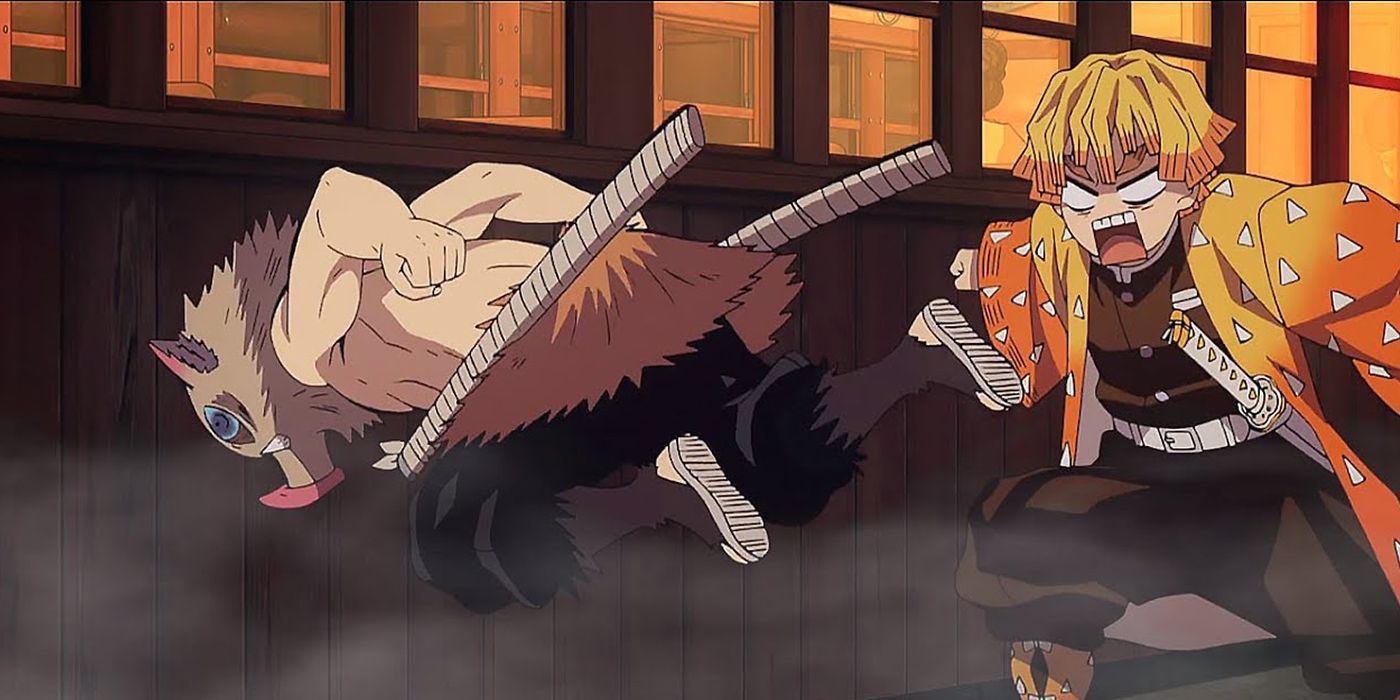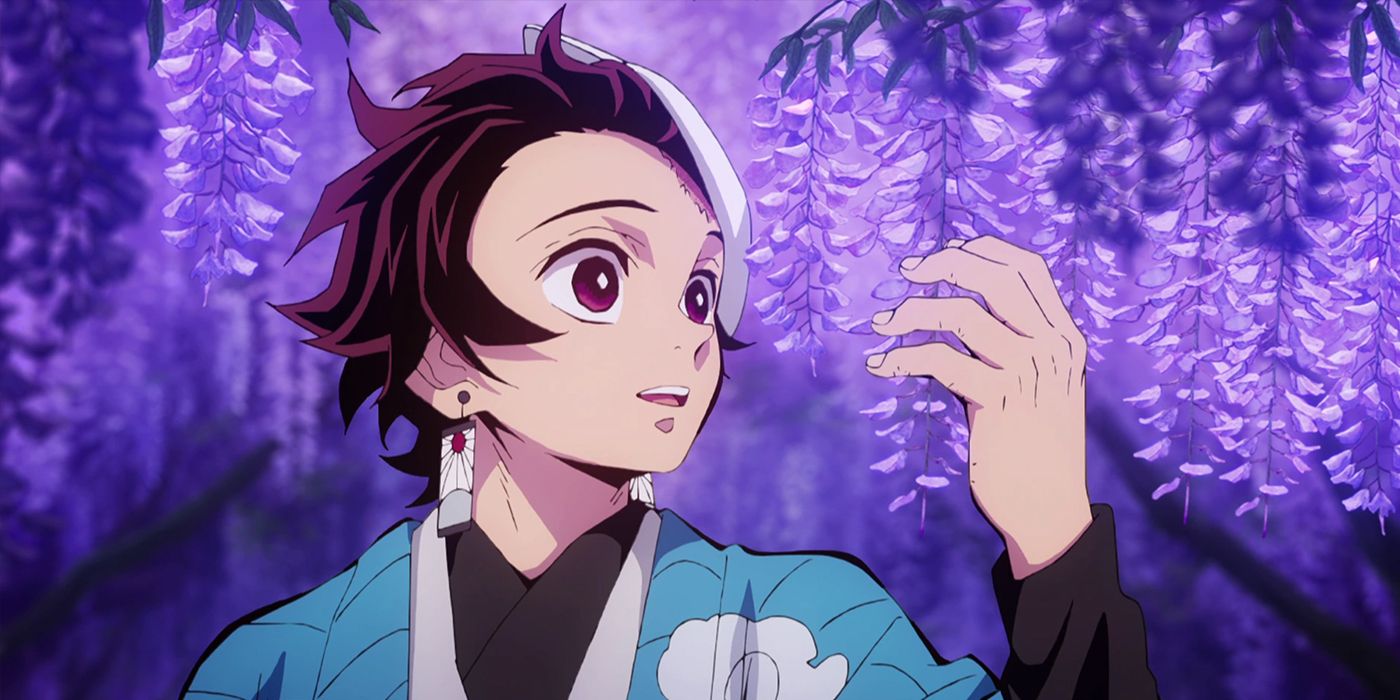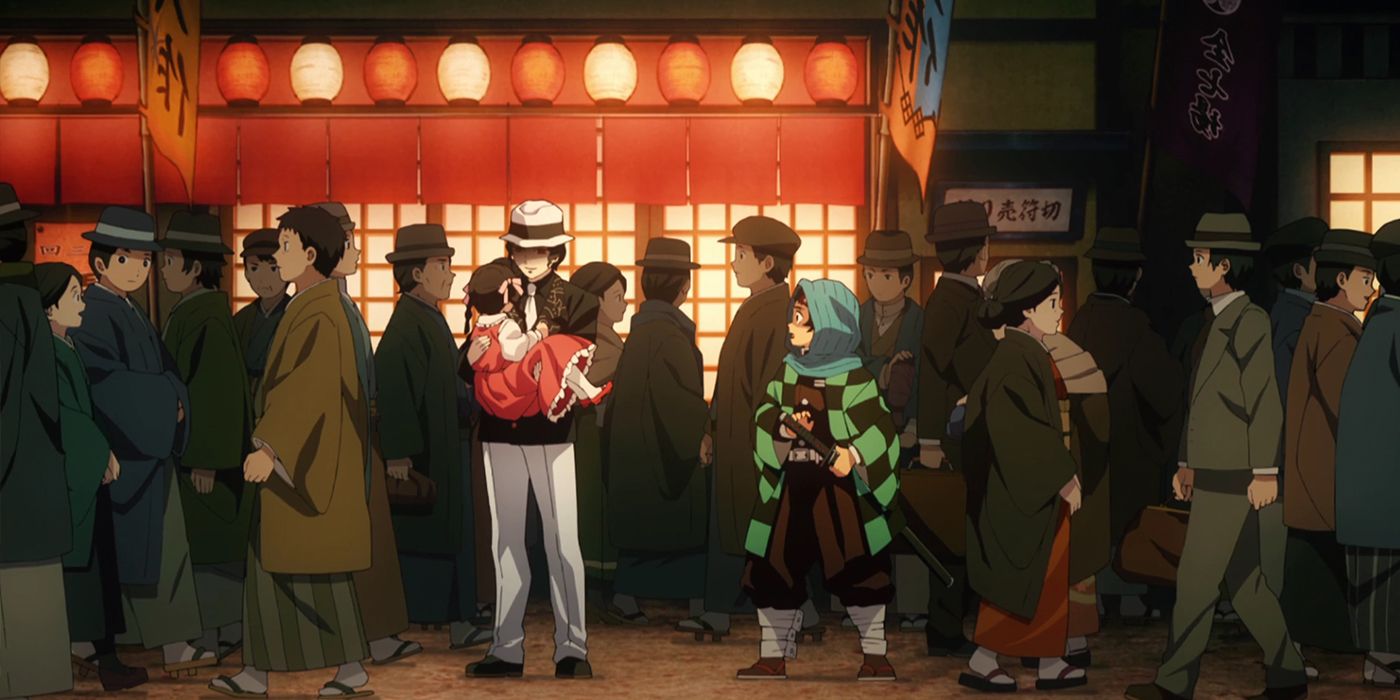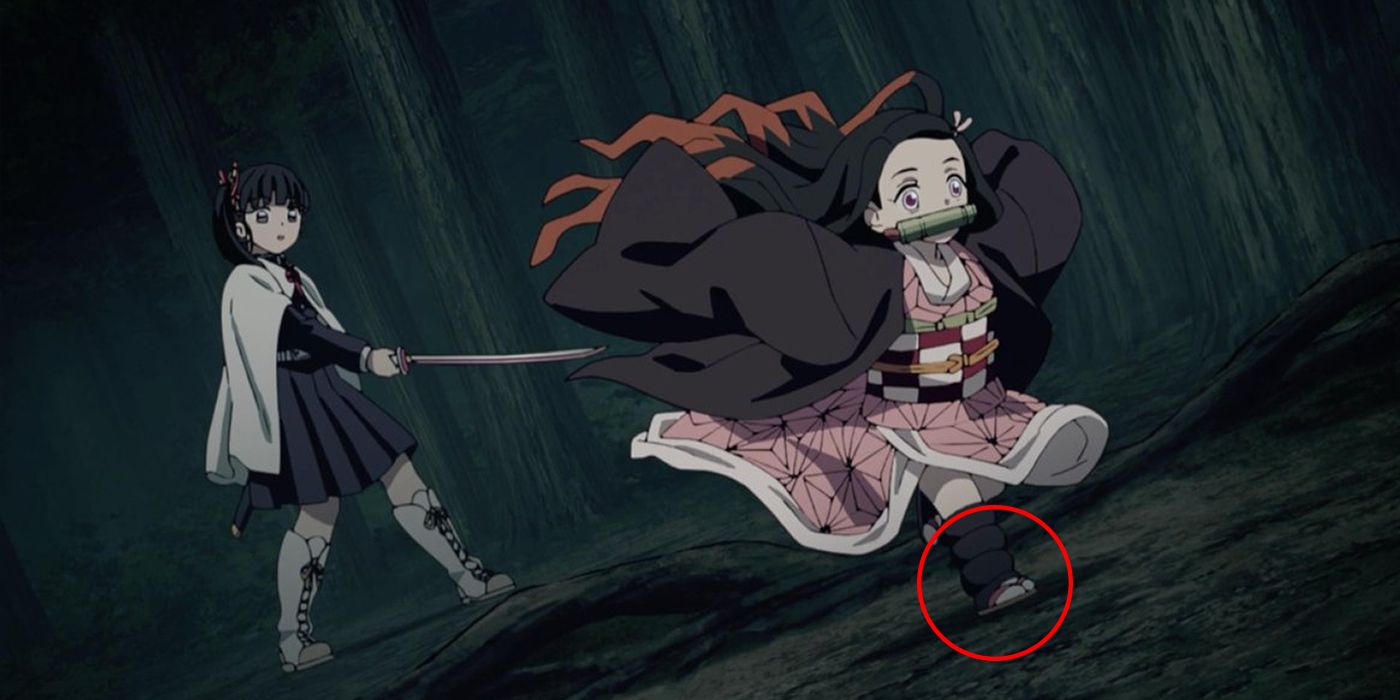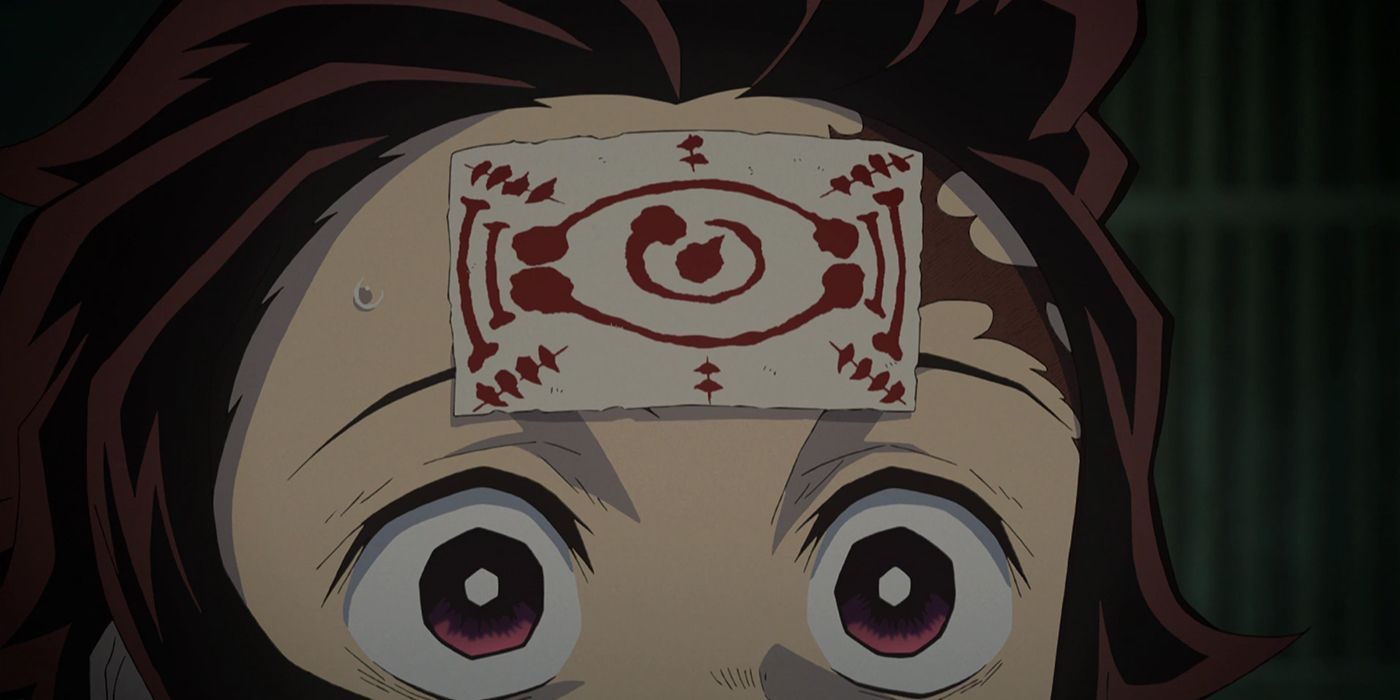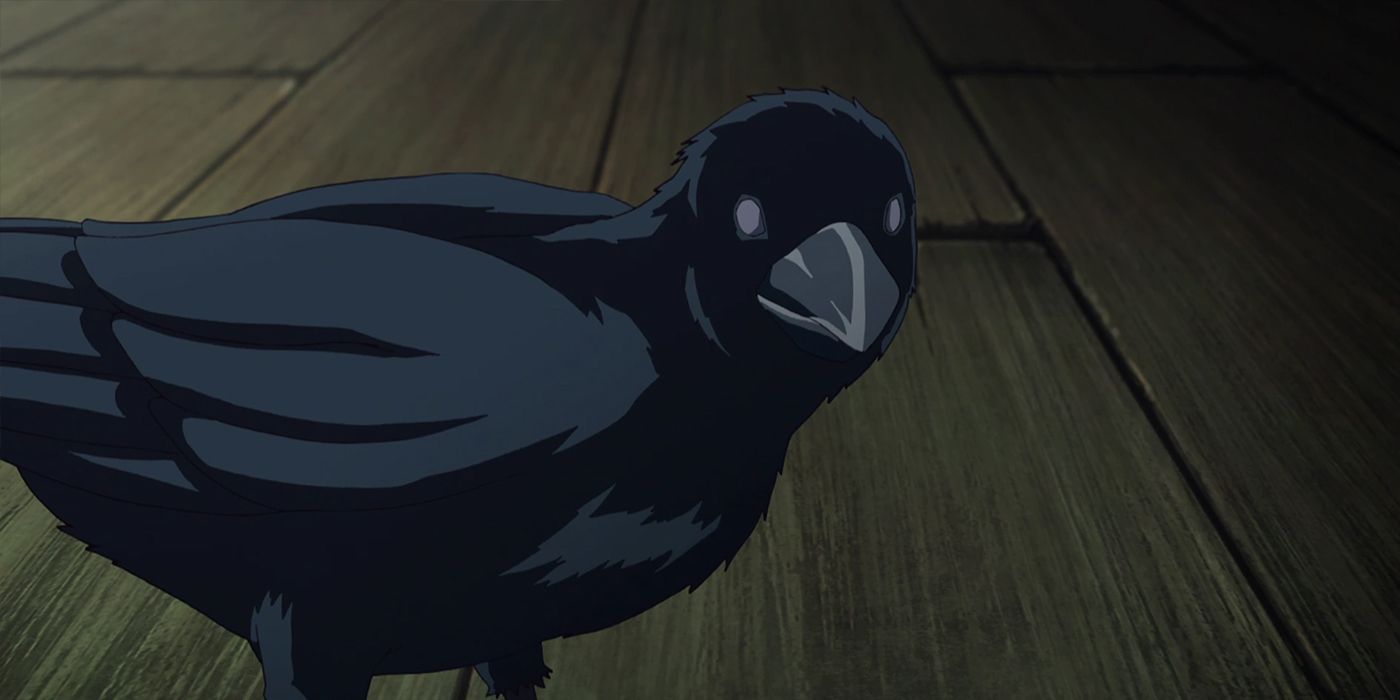The anime Demon Slayer is set in Japan, and is all about Demon Hunters fighting oni with katana. A lot of anime just falls back on a few obvious Japanese influences and that's about as far as the historical connections go.
Sometimes they use earlier architecture as a reference or reference Nobunaga. Demon Slayer, on the other hand, has a fair amount of connections to Japanese history, more so than most people would probably think. It is one of Aniplex's best works after all. So, let's start the history lesson.
10 It's Set In The Taisho Period of Japan's History
Most Anime of this style takes heavy influence from the Edo Period. The time of Samurai and impoverished citizens, where a man can only truly live by his sword. But, Demon Slayer (or Kimetsu No Yaiba) very intentionally picked a 15 year period of time called the Taisho period.
The Taisho period took place right after the already stated Edo period and had a very harsh contrast between levels of civilization. Basically, it's why Tanjiro is so surprised by the bustling lights and technology in Tokyo. Still, a very neat stylistic choice on the authors part to set the show in such a minor "era" of history.
9 Urokodaki's Mask References Japanese Folklore
Most of the Demon Slayers don't hide their faces, some will wear mouth covers or shinobi-like headwear, but they're otherwise pretty liberal with their costume. But, the previous Water Pillar Urokodaki uses masks to hide both his face and the faces of his disciples.
In fact, he would make new ones for each one. But, what people may not know, is that he tends to use beings from Japanese folklore for his creations. For example, his very own mask is based on the Tengu, a being that is now known for warding off Evil Spirits, much like the Demon Slayers try to do.
8 The Mystery Of Tanjiro's Hanafuda Earrings
Tanjiro's Hanafuda earrings are a topic of much debate on the forums even now to this day. Why? One, because it's an insanely popular anime so tons of eyes are on them. And two, because we're still not sure what the story behind them is. Obviously, they were worn by an Ancestor of his or at least another Breath of the Sun user, but we don't know what their design refers to or how they were passed down to him.
Hanafuda cards are basically Japanese playing cards, and most of them are based on flowers. Apparently, Tanjiro's earrings are flowers as well (even if they do look like a Rising Sun), but they don't reference any known Hanafuda card design that we could find.
7 Demon Hunter Uniforms Are Based On The Military Garb Of The Period
Now, for anyone not familiar with Japanese history, the "redshirts" of the Demon Hunters look like they're wearing school uniforms. What do we mean by red shirts? Well, basically the nameless lookalikes that show up only to be slain by big-name demons like the Spider family.
Turns out, these aren't based on Japanese school uniforms, but rather the Military Garb of the time. Even weirder, said school uniforms are actually modeled after these, rather than the other way around. It's a smart call stylistically because it lets the Anime have this "high-school" vibe while still being very obviously adult in context and violence level.
6 Set In A Period Of History Where The Developmental Divide Was Huge
We already talked about the background of the Taisho period, but we need to go into the stark contrast between the countryside and the city more. We can't think of anything else like it, our only other comparison is the progression of World War I, where infantry started the war on horseback and ended it in tanks.
Seriously, when Tanjiro and crew go into the city, they think the train is a monster to be hunted, and the Police Officers at the station find them suspicious because people don't just carry around Katana anymore. For a coal-salesman like Tanjiro, Tokyo might as well be magic.
5 Wisteria Flowers Have A History In Japan
The Wisteria flowers play a big part in Demon Slayer. These faunae are the only other things that can harm demons, but we had a hard time figuring out why. They have no connection to the sun after all. Still, there is a Hanafuda card based on the Wisteria, so that's something.
But, they're also known as Immortal flowers that take over the area wherever they're planted. That's not all, later on, in the plot, Muzan's storyline becomes heavily connected with a blue Spider Lily. These flowers also have a heavy connection to Japanese history, as they're known as the flowers of death, being commonly mistaken for flowers that grow next to graves.
4 Muzan's Clothes Reference Japan's Recently Opened Borders
Many people were incredibly surprised to see Muzan's family in the earlier episodes. But there's still just so much we don't know about him or his demon compatriates. We won't spoil too much, but as a manga reader, we can say that this isn't the only "cover identity" this monster has.
But, what's more interesting to us at least, is the obvious European-style dress clothes he's wearing. Where would he get those clothes? Well, from Europe. Again, this ties back to the Taisho Era, where Japan has just opened its doors to the rest of the world, allowing influences like this to come in. Just another micro-detail that makes the time-period feel real.
3 The Tabi Socks We Commonly See Are Period-Relevant
Turns out, a lot of the fashion sense in Demon Slayer is based on actual Japanese history. For example, the ankle-warmers everyone seems to wear are called Kyahan, and were underpadding for Samurai. The two-toed socks that they all wear are known as Tabi, a very traditional style of foot covering for the time period.
And even the sandals are known as Zori and again make sense for the time period. while Samurai weren't wandering the countryside in green and black checkered jackets or wearing pig masks, most of the normal clothing does have historical significance. Even Nezuko's odd leg wraps and overall garb makes sense for living in the snowy mountains, as the Kamado family did.
2 The Talismans Reference Omnoyo Symbols
The use of paper talismans for mysticism or "magic" is pretty commonplace in all parts of Asian history. But, with Japan in particular, Onmyodo is the premiere example. Practitioners of this art would be called Onmyoji and would go around using certain rituals and symbols to "fight" against the supernatural. We can see their influence everywhere in Anime of course, and Demon Slayer is no exception.
Tamayo's assistant Yushiro uses similar principles and symbology with his Blood Demon Art. We couldn't find any direct symbols that were taken from Onmyoji texts, but it's obvious that or Chinese Tao-ism is what the author referenced with this character.
1 Crows Being Everywhere Is Normal For Japanese Citizens
Why are crows so common in Anime? Haikyuu's protags are the Karasuno Crows, tons of Anime protags are compared to ravens or crows, and the entire Demon Slayer force communicates with crows. Why though? Well, in America we have pigeons, in Japan they have crows. Japanese crows are bigger than ours, more intelligent, and more respected.
Japan's relationship with crows is a bit more respectful than that in the West. So, obviously, Demon Slayer chose to use these avians as their "telephone network" simply because it's common knowledge that they're everywhere.

